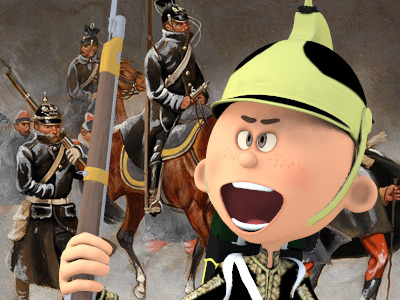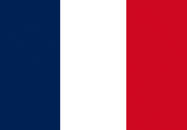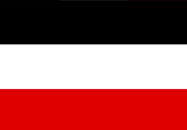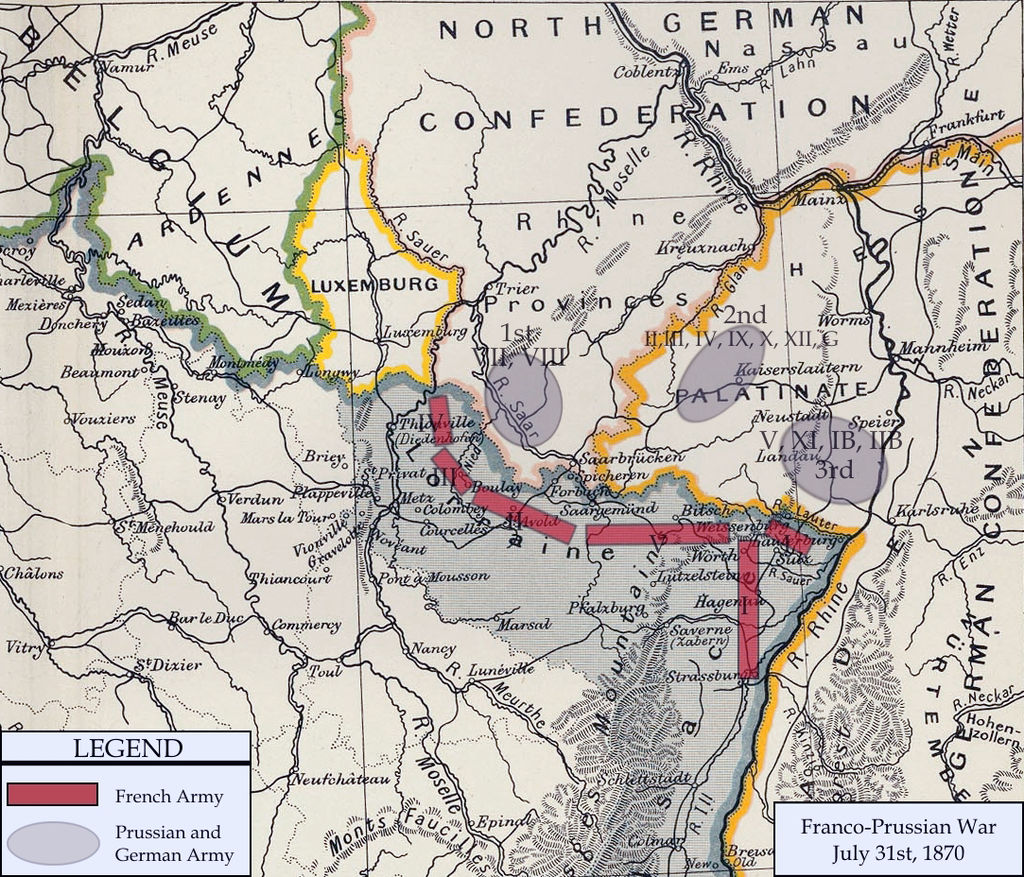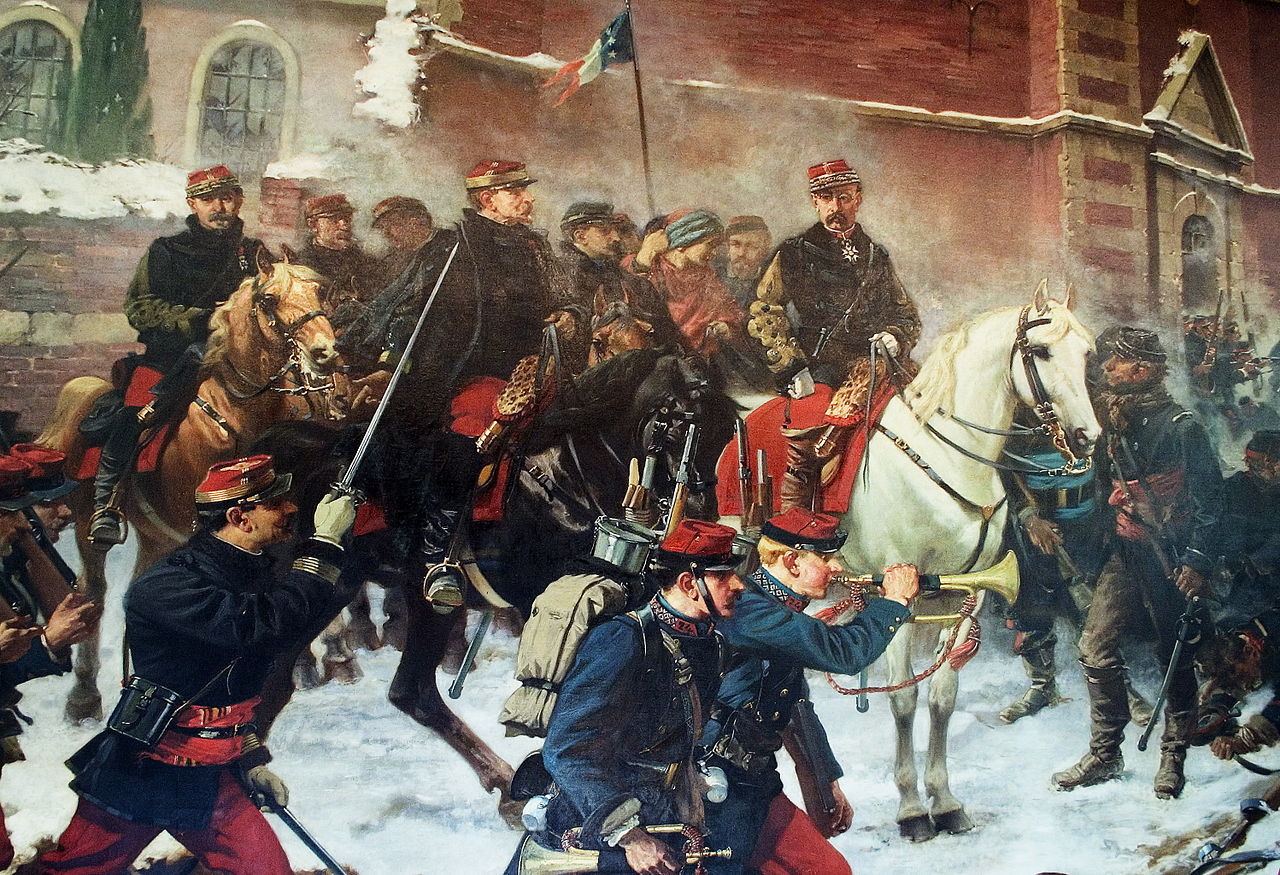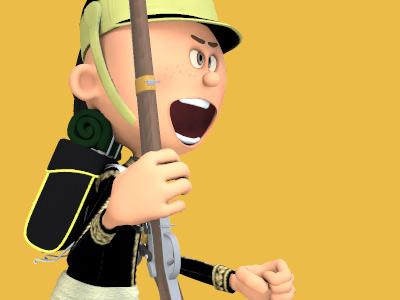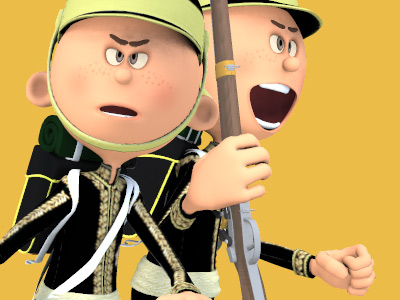Franco-Prussian War (1870 to 1871)
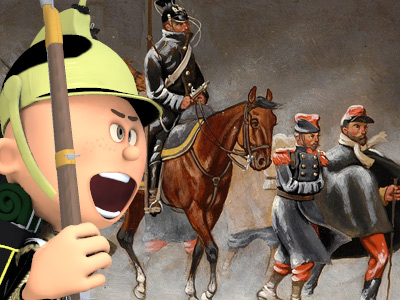
Battle of Spicheren
The Battle of Spicheren, on 5 August, was the second of three critical French defeats. Moltke had originally planned to keep Bazaine's army on the Saar River until he could attack it with the 2nd Army in front and the 1st Army on its left flank, while the 3rd Army closed towards the rear. The aging General von Steinmetz made an overzealous, unplanned move, leading the 1st Army south from his position on the Moselle. He moved straight toward the town of Spicheren, cutting off Prince Frederick Charles from his forward cavalry units in the process.
On the French side, planning after the disaster at Wissembourg had become essential. General Le Bœuf, flushed with anger, was intent upon going on the offensive over the Saar and countering their loss. However, planning for the next encounter was more based upon the reality of unfolding events rather than emotion or pride, as Intendant General Wolff told him and his staff that supply beyond the Saar would be impossible. Therefore, the armies of France Second French Empire was the 18-year Imperial Bonapartist regime of Napoleon III from 14 January 1852 to 27 October 1870. The Second Empire is given high credit for the rebuilding of Paris with broad boulevards, striking public buildings, and elegant residential districts for upscale Parisians. In international policy, Napoleon III tried to emulate his uncle Napoleon I, engaging in numerous imperial ventures around the world as well as several wars in Europe. would take up a defensive position that would protect against every possible attack point, but also left the armies unable to support each other.
Second French Empire was the 18-year Imperial Bonapartist regime of Napoleon III from 14 January 1852 to 27 October 1870. The Second Empire is given high credit for the rebuilding of Paris with broad boulevards, striking public buildings, and elegant residential districts for upscale Parisians. In international policy, Napoleon III tried to emulate his uncle Napoleon I, engaging in numerous imperial ventures around the world as well as several wars in Europe. would take up a defensive position that would protect against every possible attack point, but also left the armies unable to support each other.
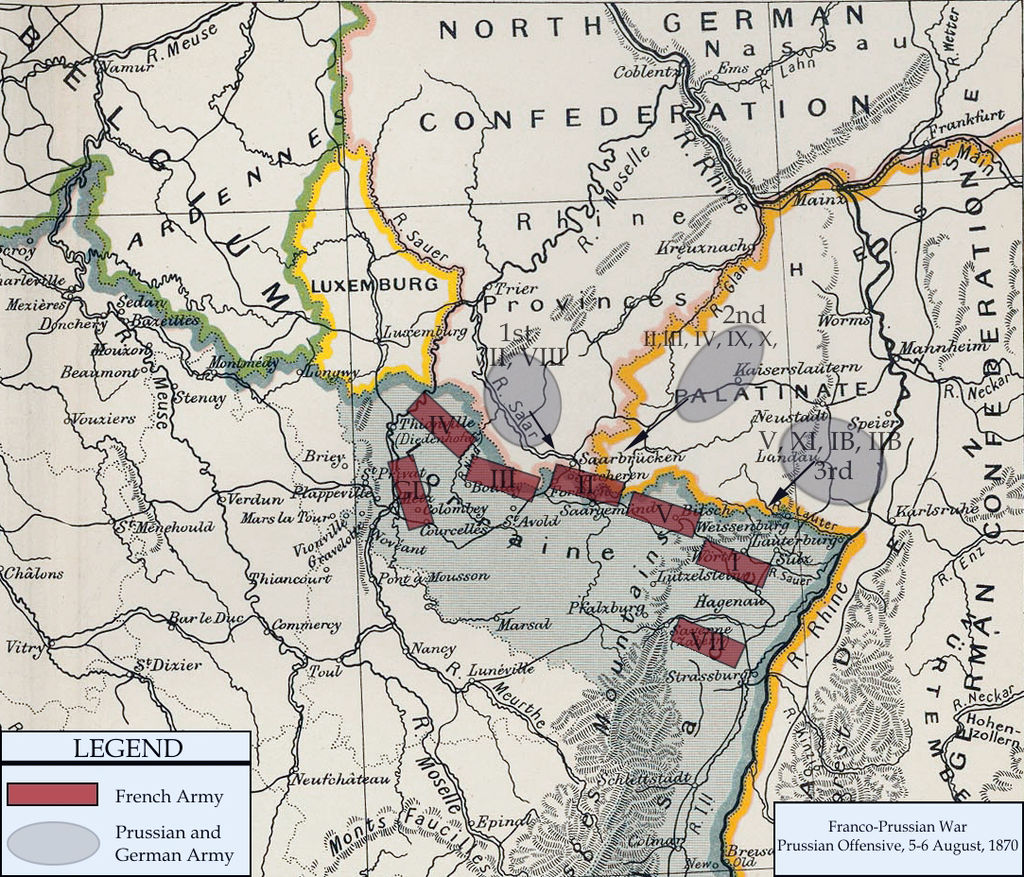
Map of Prussian and German offensive, 5–6 August 1870
While the French army under General MacMahon engaged the German 3rd Army at the Battle of Wörth, the German 1st Army under Steinmetz finished their advance west from Saarbrücken. A patrol from the German 2nd Army under Prince Friedrich Karl of Prussia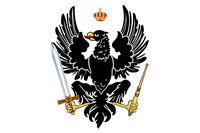 The Kingdom of Prussia was a German kingdom that constituted the state of Prussia between 1701 and 1918. It was the driving force behind the unification of Germany in 1871 and was the leading state of the German Empire until its dissolution in 1918. Although it took its name from the region called Prussia, it was based in the Margraviate of Brandenburg. Its capital was Berlin. spotted decoy fires close and Frossard's army farther off on a distant plateau south of the town of Spicheren, and took this as a sign of Frossard's retreat. Ignoring Moltke's plan again, both German armies attacked Frossard's French 2nd Corps, fortified between Spicheren and Forbach.
The Kingdom of Prussia was a German kingdom that constituted the state of Prussia between 1701 and 1918. It was the driving force behind the unification of Germany in 1871 and was the leading state of the German Empire until its dissolution in 1918. Although it took its name from the region called Prussia, it was based in the Margraviate of Brandenburg. Its capital was Berlin. spotted decoy fires close and Frossard's army farther off on a distant plateau south of the town of Spicheren, and took this as a sign of Frossard's retreat. Ignoring Moltke's plan again, both German armies attacked Frossard's French 2nd Corps, fortified between Spicheren and Forbach.
The French were unaware of German numerical superiority at the beginning of the battle as the German 2nd Army did not attack all at once. Treating the oncoming attacks as merely skirmishes, Frossard did not request additional support from other units. By the time he realized what kind of a force he was opposing, it was too late. Seriously flawed communications between Frossard and those in reserve under Bazaine slowed down so much that by the time the reserves received orders to move out to Spicheren, German soldiers from the 1st and 2nd armies had charged up the heights. Because the reserves had not arrived, Frossard erroneously believed that he was in grave danger of being outflanked as German soldiers under General von Glume were spotted in Forbach. Instead of continuing to defend the heights, by the close of battle after dusk he retreated to the south. The German casualties were relatively high due to the advance and the effectiveness of the Chassepot rifle. They were quite startled in the morning when they had found out that their efforts were not in vain—Frossard had abandoned his position on the heights.
HISTORY
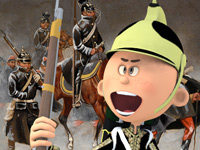
RESOURCES
This article uses material from the Wikipedia article "Franco-Prussian War", which is released under the Creative Commons Attribution-Share-Alike License 3.0.
© Stories Preschool. All Rights Reserved.
